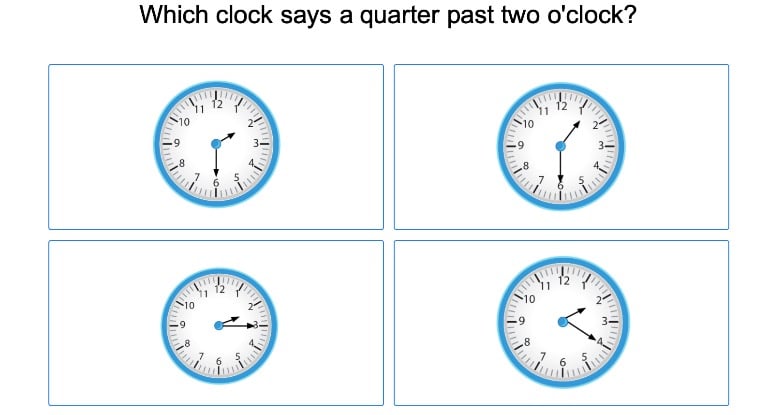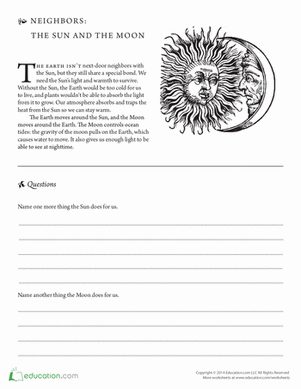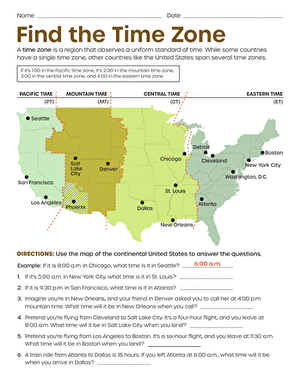Science project
How to Tell Time by the Sun
Have you ever noticed how the Sun moves across the sky during the day? It rises in the East and reaches its highest point in the sky around lunchtime. Then, it descends, setting in the West. Although it is hard to believe, it is actually we on Earth who are travelling—not the Sun!
The Sun sits in the middle of our solar system. Our Earth revolves, or orbits, around the sun. That means the Earth orbits around the Sun. It takes one full year for the Earth to go around the Sun once. The Earth also rotates, or spins around. It takes one full day for the Earth to rotate around once. The parts of the Earth facing the sun experience day, and the parts of the Earth facing away from the Sun experience night. It’s because of this rotation that the Sun appears to travel across the sky.
People didn’t always have watches or (or cell phones) to tell what time it was. Thousands of years ago, early civilizations invented sundials, devices which use the apparent movement of the Sun to determine how much time has passed. In this activity, you will construct a sundial and revisit it throughout the year to see how the revolution of the Earth affects what time the sundial shows.
Problem
Why does a sundial’s position change throughout the year?
Materials
- A long sunny, summer day to start your project on (a day in late August would still work)
- Wooden board, at least 12 inches square
- Hammer
- Nail
- Scissors
- Plastic straw
- Watch
- Ruler
- Tacks
- Pencil
- Permanent marker
Procedure
- Hammer a nail ¼ inch into the center of the board. Why do you think it’s a good idea to make a sundial out of wood and nails rather than a paper plate?
- Cut the straw to a length of six inches.
- Place your straw over the nail.
- In the morning, find a bright, level space outside and set the board on the ground at the top of the hour. Make sure no other shadows (from things like trees) will cover your sundial later in the day.
- Observe the end of the nail’s shadow. Use the pencil to mark the shadow’s end, and gently push a tack into this part of the board to mark this location.
- Write the hour next to the mark indicating the end of the shadow.
- Make sure the sundial will not be disturbed the rest of the day. If it gets moved, your measurements will become inaccurate!
- Visit the sundial again at the top of the next hour, again placing a tack and noting the hour with a pencil.
- Continue visiting the sundial every hour until sundown, placing a tack and marking.
- If your sundial was not disturbed and you are happy with your marks, replace the pencil numbers with numbers written in permanent marker.
- Get to know your sundial the next couple days. In what conditions can’t you use it?
- Use your sundial on several days throughout the year (make sure your sundial faces the same direction each time you use it! For best results, never move your sun dial). This table includes some suggestions, rather than specific dates, since you can only use your sundial on sunny days. In the observations column, note how the shadows and hours varied from the previous readings.
Date |
Observations |
Early October |
|
Mid December |
|
Early February |
|
Late March |
|
Mid May |
|
Results
Your results will vary depending on where you live, and particularly on your location’s latitude (if you live in the Southern hemisphere, your results over the months will be the opposite what we describe next)! The shadow of the nail will move in a semi-circular pattern throughout the course of the day. The height of the nail’s shadow will be longest in the early and late part of the day, and shortest in the middle of the day. As you observe the sundial over the course of the school year, the nail’s shadow will get longer until December, and the sun might set before you can complete some readings! If your state observes Daylight Saving Time, your sundial will be an hour off during the winter. As spring approaches, the shadows on your sundial will shorten, and your results should begin to resemble your observations in August.
Why?
You made your sundial out of wood and a nail to ensure that the wind wouldn’t blow it over and make your readings inaccurate. You can only use a sundial if the sun is shining.
Your sundial works as a clock because the Earth rotates. As the Earth spins, the Sun seems to move across the sky. When the sun appears over the horizon at dawn, its light strikes the nail from the side, making a long shadow. As your part of the Earth continues to rotate, the Sun gets higher in the sky. The Sun’s light strikes the nail from above, making shorter shadows from 11 to 1. As the part of the Earth where you live rotates away from the Sun, it seems to sink in the sky, and the nail shadows again get longer.
When you looked at the sundial in December, the nail shadows were longer and the day was shorter because the Earth had reached a certain position in its path around the Sun. In this position, the Northern hemisphere is tilted away from the sun, making its light less direct. Because you turned the clocks back at the end of Daylight Saving Time in late October, your sundial was ahead by an hour for the winter: You created the sundial using a clock on daylight savings in August. In spring, when clocks are returned to daylight savings, your sundial will again match your watch. By May, the day will be longer and the nail’s shadow shorter, because the Earth continued to revolve around the Sun, and the Northern hemisphere returns to a position where the Sun’s light is more direct.
Going Further
Research what ancient sundials looked like. You might also investigate how different civilizations determined how to tell time by the sun. The Mayan pyramid at Chichen Itza is particularly interesting.
Education.com provides the Science Fair Project Ideas for informational purposes only. Education.com does not make any guarantee or representation regarding the Science Fair Project Ideas and is not responsible or liable for any loss or damage, directly or indirectly, caused by your use of such information. By accessing the Science Fair Project Ideas, you waive and renounce any claims against Education.com that arise thereof. In addition, your access to Education.com's website and Science Fair Project Ideas is covered by Education.com's Privacy Policy and site Terms of Use, which include limitations on Education.com's liability.
Warning is hereby given that not all Project Ideas are appropriate for all individuals or in all circumstances. Implementation of any Science Project Idea should be undertaken only in appropriate settings and with appropriate parental or other supervision. Reading and following the safety precautions of all materials used in a project is the sole responsibility of each individual. For further information, consult your state's handbook of Science Safety.















